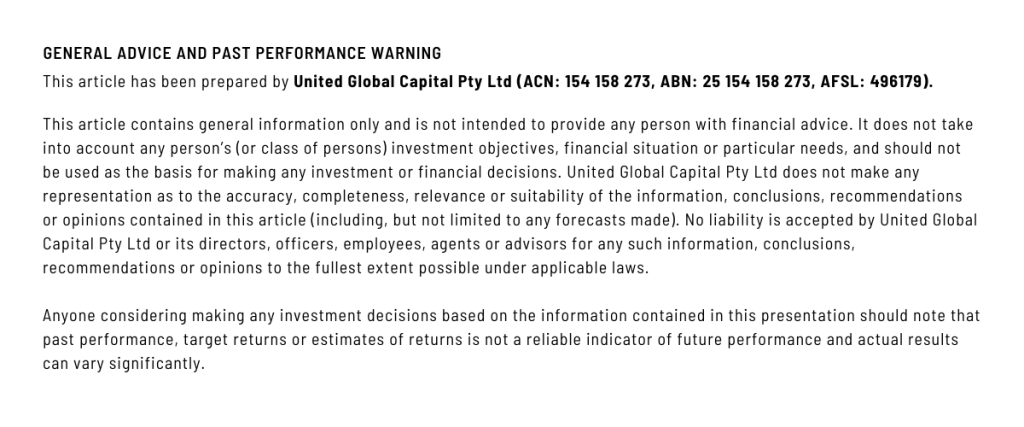Potential Transformations in Superannuation: An In-Depth Analysis
The proposed modifications to superannuation hold the power to reshape the retirement landscape, making the objective of superannuation a crucial element in the equation.

At its core, successful investing relies on striking the right balance between risk and reward. Some risks are evident and prominent, making their presence known through news reports or social media updates. Market risk, manager risk, and specific company risk are the usual suspects that investors contemplate when assessing risk within their portfolio.
In the past year, the impact of geopolitical risk has become undeniable, with Russia’s invasion of Ukraine and the global upheaval caused by the pandemic serving as poignant reminders.
However, recent weeks have brought another risk to the forefront: legislative risk. This risk emerges when governments alter rules, especially tax regulations.
It is unsurprising that any alteration to superannuation laws sparks controversy. Inevitably, there will be individuals who have invested in their super based on the existing regulations, only to find that the rules are shifting. This debate underscores the success of superannuation, as it has become an integral part of Australians’ financial well-being and retirement planning, thus making any changes subject to heated discussions.
Altering the Rules
The discussion surrounding the proposed $3 million cap on individual superannuation balances is far from over, with significant deliberations expected leading up to and beyond the Federal Budget in May. The planned implementation is set for July 2025.
The government initiated the initial debate by questioning whether taxpayers should subsidize extremely wealthy individuals, using the example of those with over $100 million in superannuation, as mentioned by Assistant Treasurer Stephen Jones. This principle is difficult to argue against on the basis of public policy, regardless of the pressing need to repair the Federal Budget.
However, the devil lies in the details of implementation. Taxing unrealised gains raises intriguing questions, as does the lack of indexation of the cap limit, highlighting just two fundamental concerns.
This entire debate would be purely academic if the reasonable benefits limit (RBL) had not been abolished in 2006-07. This serves as a reminder that the original design of the superannuation system was well-conceived, as concessional tax rates were applied up to the RBL, while marginal tax rates applied above that threshold.
The removal of RBLs was the catalyst that enabled excess funds to be held within superannuation at concessional tax rates. While it provided simplification, the true cost may not have been fully understood at the time.
Establishing an Objective
Tax rule changes of this nature always carry the risk of unintended consequences. Although the majority of individuals will remain unaffected, at least initially, there is a potential that these changes might undermine confidence in the broader superannuation system. This concern is especially relevant for younger members who may opt out of making voluntary contributions due to fear of future rule alterations.
The prospect of further modifications emphasises the value of finally establishing a legislated objective for superannuation, a proposal that was initially put forth in the 2014 Financial System inquiry. While the immediate focus of the public policy debate may revolve around whether the objective should solely concentrate on retirement income and sustainability, a legislated objective could provide a framework for assessing future proposed changes.
Given the concessional tax rates on superannuation, it remains sensible for most people to continue contributing as much as possible, both today and after July 2025.
However, for individuals fortunate enough to have to consider the impact of caps on their balance, it introduces another element to their annual conversations with financial advisers. They must evaluate what should be held within superannuation and which investments might be better managed outside of the superannuation system.
If you have any questions regarding the aforementioned points please contact us today.

